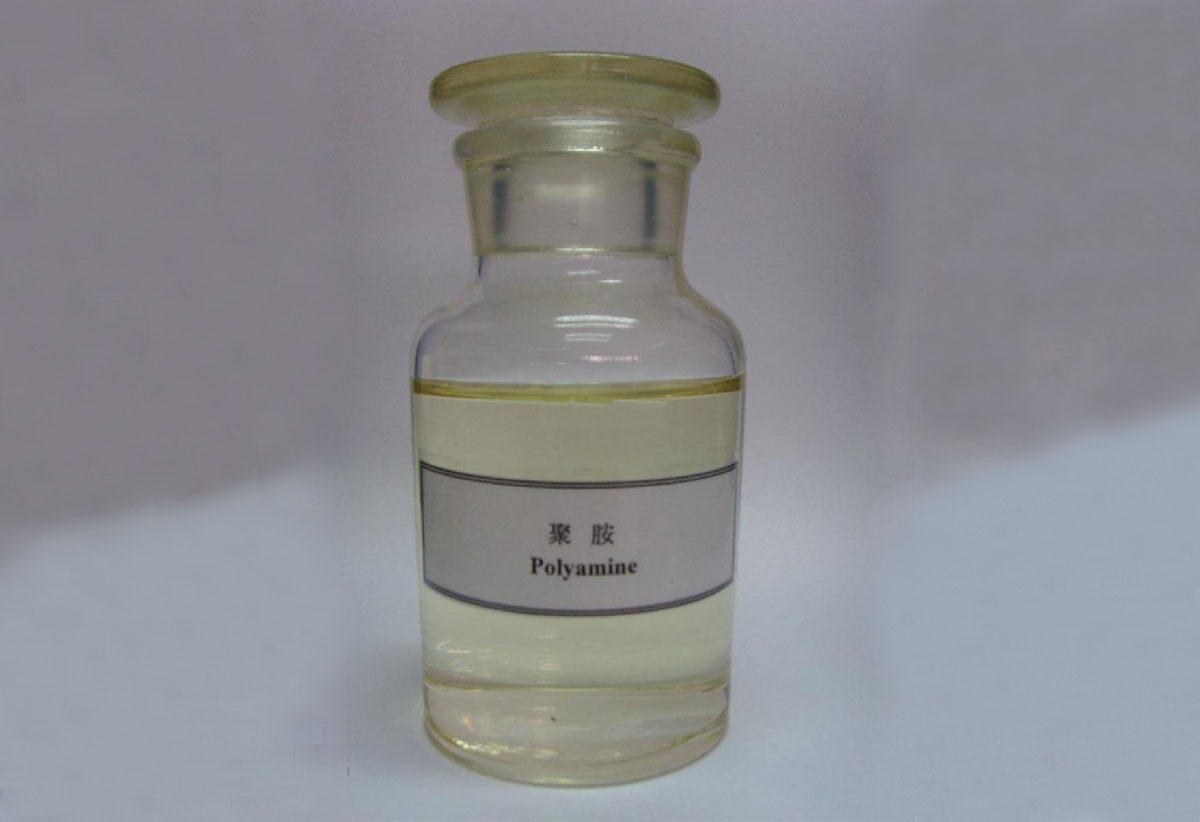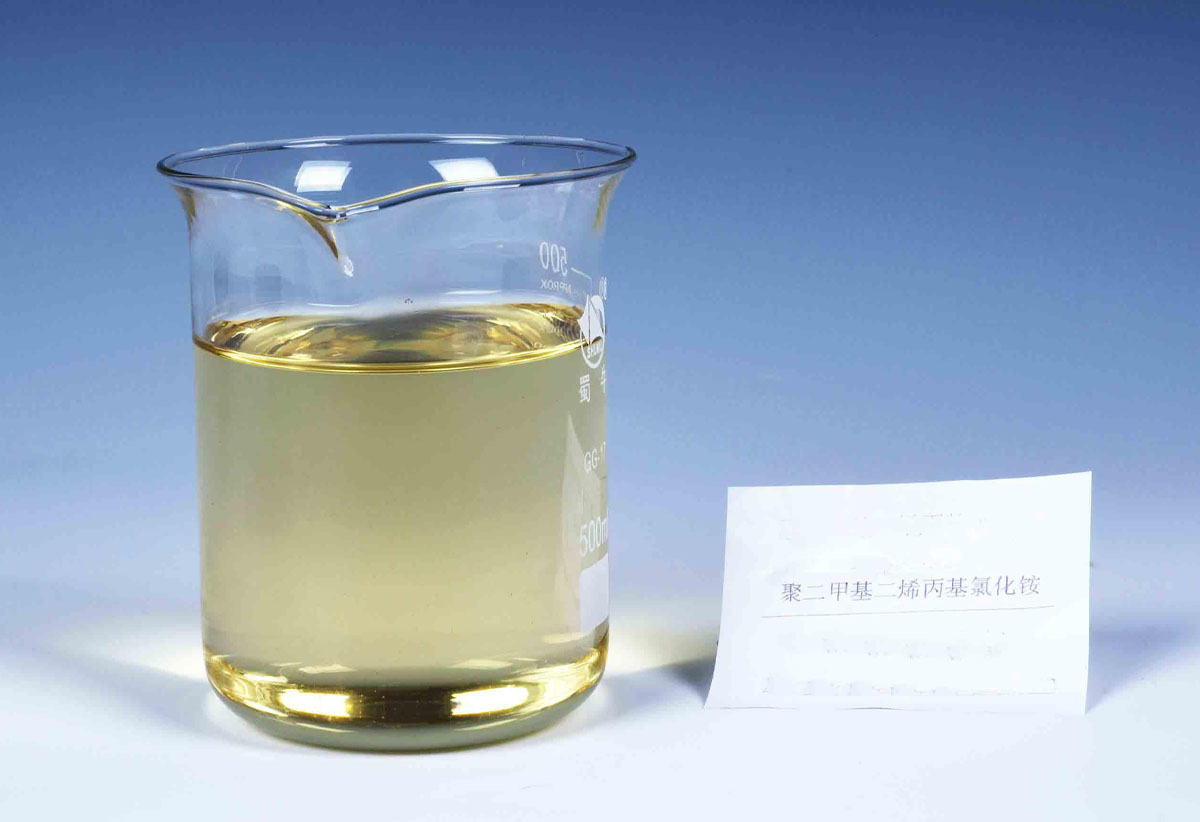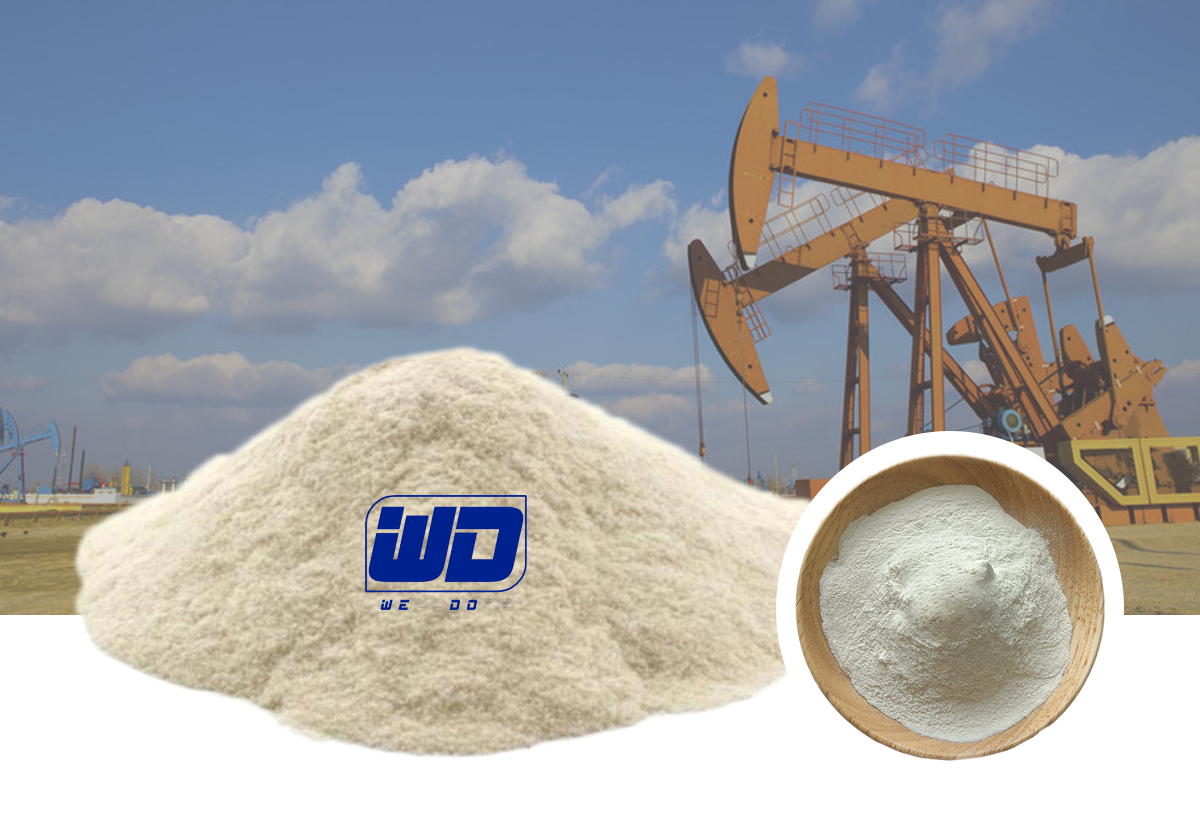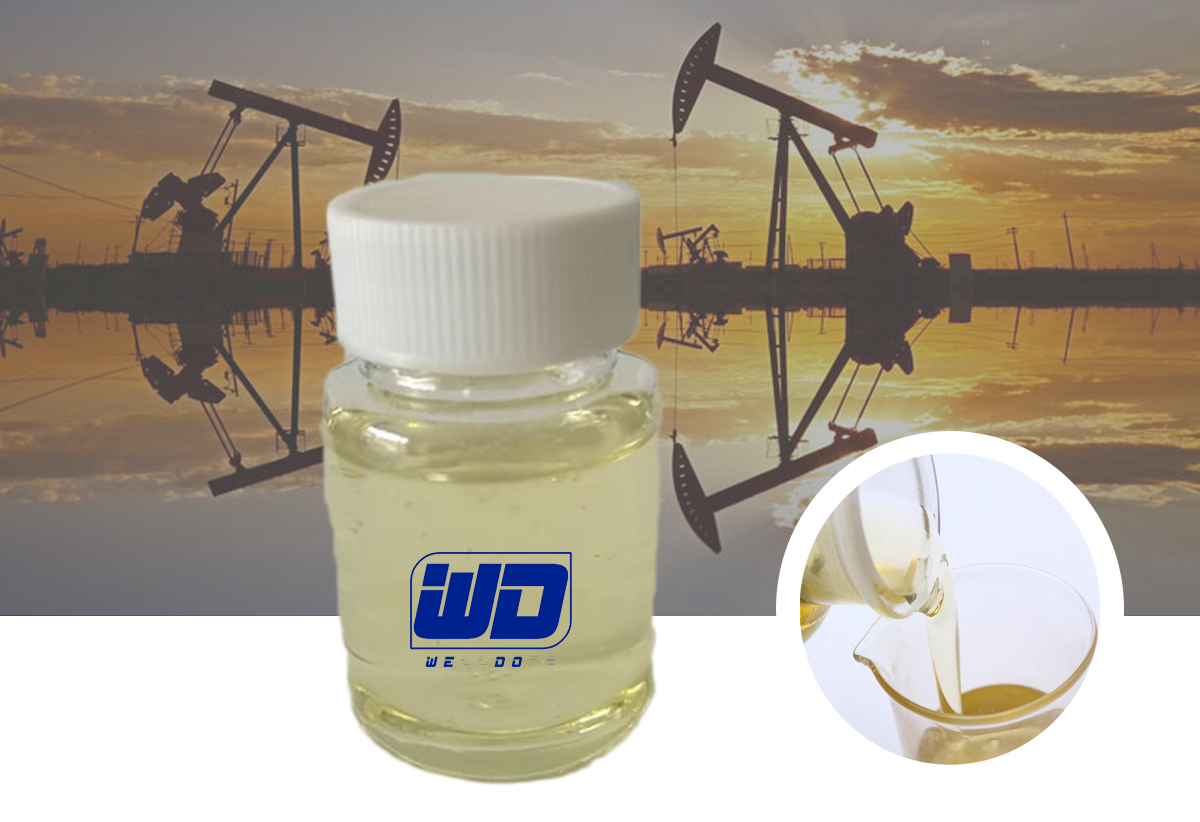The principle of anionic polyacrylamide (APAM) in paper mill wastewater treatment mainly includes the following aspects:
Flocculation: The molecular chain of anionic polyacrylamide contains a certain amount of polar groups, which can adsorb solid particles suspended in water and promote bridging between particles through electrical neutralization to form larger flocs. . This flocculation makes the suspended solids settle rapidly in the water, thus realizing the separation of water and suspended solids.
Thickening effect: Anionic polyacrylamide can increase the viscosity of the aqueous solution, thereby playing a thickening effect. This is very beneficial for some papermaking processes that require increased stock consistency.
Filtration promotion: Anionic polyacrylamide can promote the filtration and dewatering of pulp, thereby improving the yield and quality of pulp.
Backwash promotion: During the backwash process, anionic polyacrylamide can promote the stripping and settling of sludge, thereby making the backwash more thorough and the system operating more stably.











